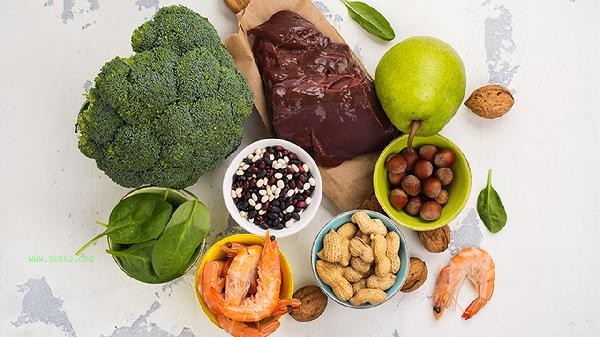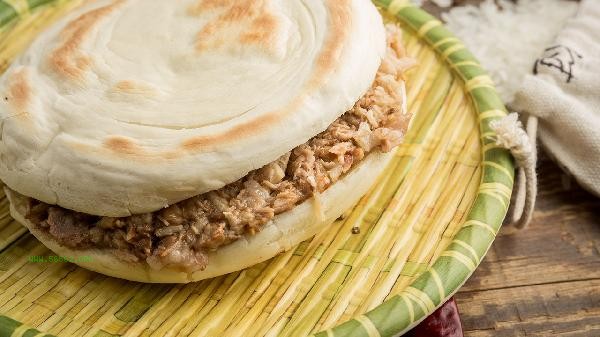Taro and sweet potatoes are both healthy staple foods suitable for weight loss, but sweet potatoes have a higher dietary fiber content and lower glycemic index, making them more suitable as a staple food substitute for women in their weight loss period. Both types of ingredients have their own nutritional advantages, and the difference in weight loss effect is not significant. The key depends on the amount consumed and the combination method. Sweet potatoes have a dietary fiber content about one-third higher than taro, which can prolong satiety and slow down sugar absorption. The efficiency of converting the original vitamin A it contains into vitamin A in the body is high, which helps maintain the health of the skin and mucous membranes. The components such as chlorogenic acid in sweet potatoes can inhibit fat accumulation, and purple potato varieties are also rich in antioxidant anthocyanins. Steaming and cooking methods can maximize the retention of nutrients, and it is recommended to pair them with high-quality protein foods for consumption. The mucin protein of taro has a protective effect on the gastrointestinal mucosa, especially suitable for people with weak digestive function. Its potassium content is twice that of sweet potatoes, which helps alleviate edematous obesity. Taro starch granules are smaller and easier to digest, but when cooking, it is important to thoroughly heat and destroy the calcium oxalate crystals. It is recommended to cut taro into pieces and stew them with meat to enhance the taste and balance the amino acid profile.

During weight loss, it is recommended to replace taro or sweet potatoes as part of the staple food, with a recommended consumption of 150-200 grams per meal. Prioritize low oil cooking methods such as steaming and baking, and avoid high sugar and high oil cooking methods such as wire drawing and deep frying. Paired with sufficient green leafy vegetables and lean meat protein, it can ensure nutritional balance and delay blood sugar rise. Pay attention to individual digestive reactions, and those with gastrointestinal sensitivity can arrange to consume potatoes during lunch time. It is recommended to alternate between two types of potatoes for long-term consumption to obtain more comprehensive nutrients.










Comments (0)
Leave a Comment
No comments yet
Be the first to share your thoughts!